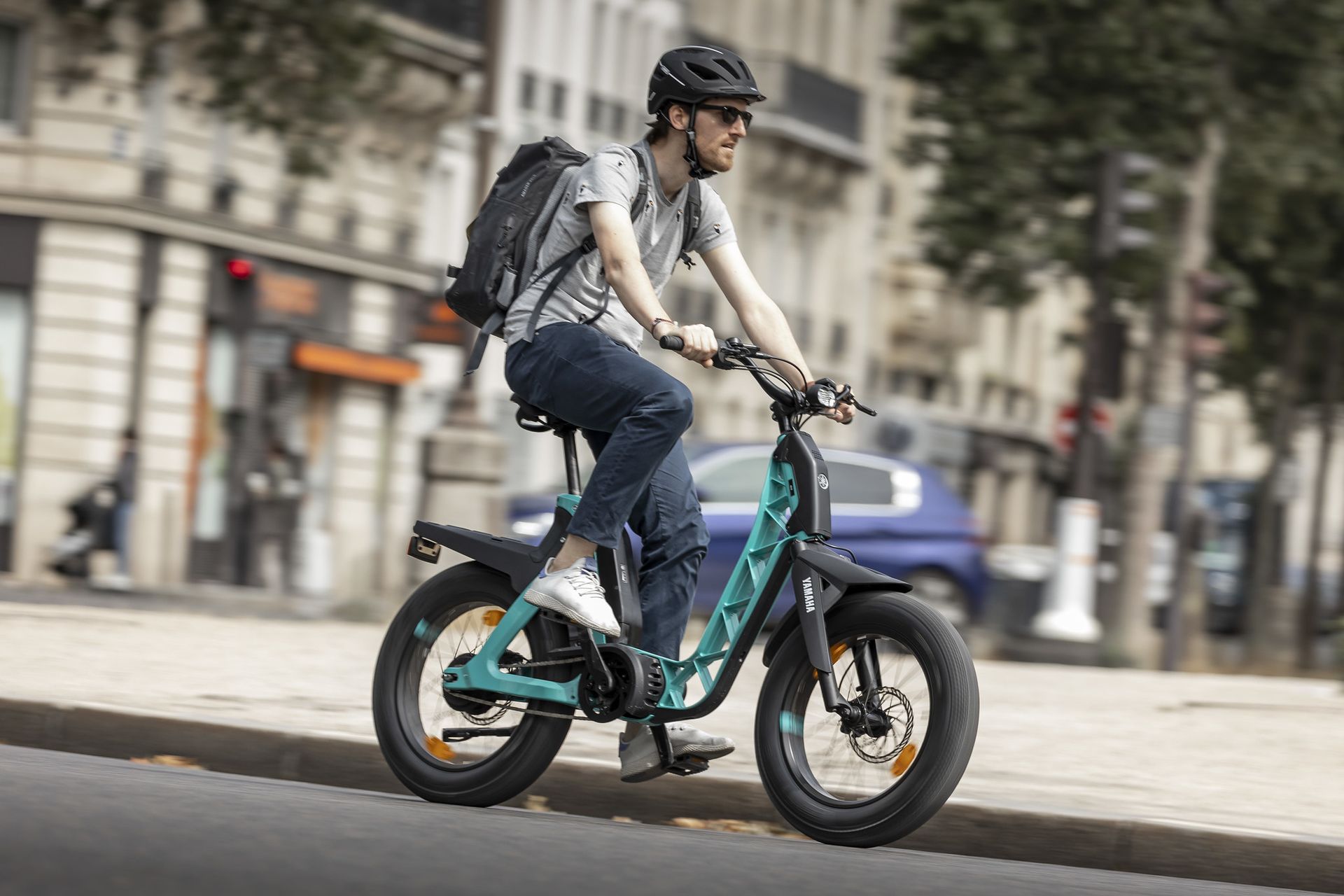Electric bike taking up the name and the spirit of the scooter of the 1990s, the Yamaha Booster is not only an object of style, but also of quality after our first grip. Here is our first opinion on this electric bike.
The Booster is for many the cardboard of this scooter launched in 1996 by MBK and Yamaha. Planned for the United States, it finally conquered Europe with nearly 1.15 million copies. Exit the thermal motorized two-wheeler, Yamaha knows full well that the transformation of the market is tumbling at full speed and that the electric bike is overshadowing it. The brand is therefore back with this surname in the world of cycling. But she is not like everyone else, and invited us to discover – and then try – the new generation of the Yamaha Booster.
Because we already know Yamaha wants to be trendy and innovate. It should be remembered that in 1993, the PAS was the first electrically assisted bicycle on the market, designed with Panasonic. A copy was also present at the event, a piece of mobility history (but no way to touch it, the battery is no longer functional).
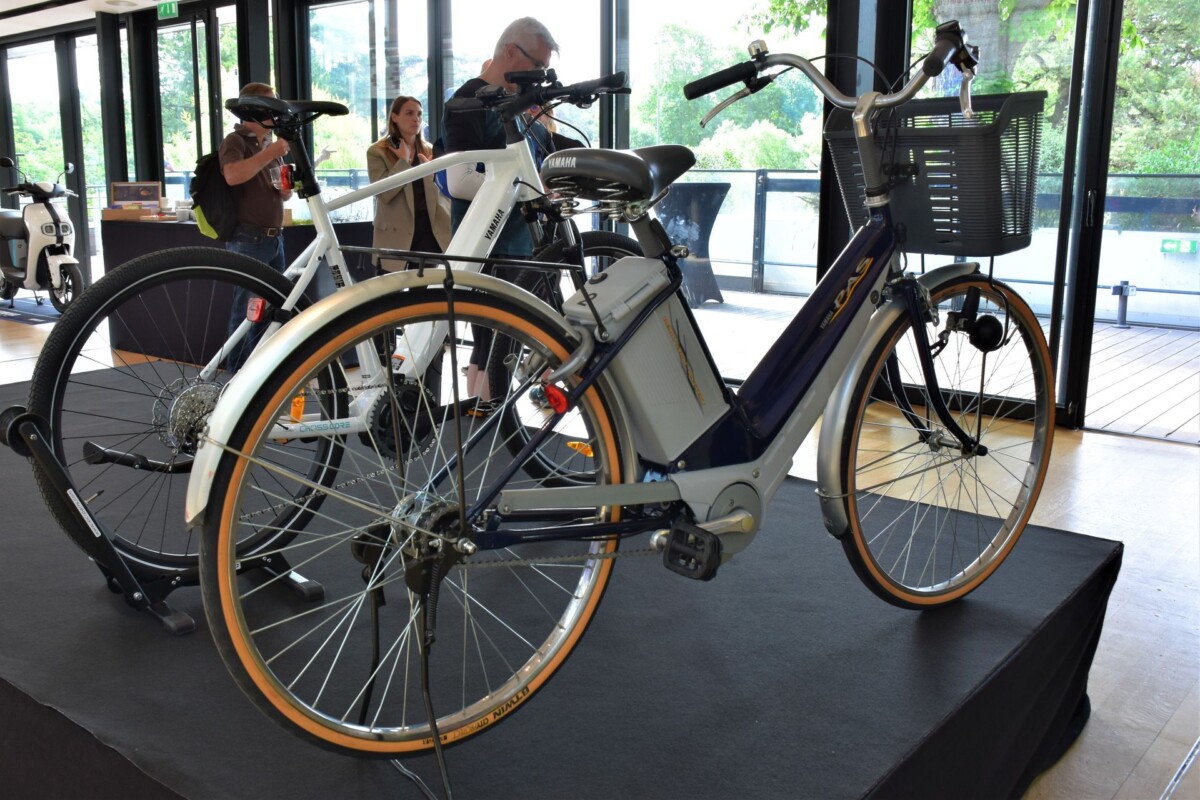
A unique design
Very far from this museum piece, the Yamaha Booster takes up the base of the Fantic Issimo, a curious bike with a massive open and honeycomb frame, equipped with huge wheels, released in 2019. Yamaha immediately bet on this model, in creating a partnership with its manufacturer, Motori Minarelli, based in Bologna. Anxious to play on the nostalgia of the original scooter, the Japanese manufacturer offered it specific style elements. And he changed the engine, for a house block PW-S2, coupled to an Enviolo Trekking transmission (and not City).

Source: Matthieu Lauraux for Frandroid

Source: Yamaha

Source: Matthieu Lauraux for Frandroid
The result is quite simply atypical, nothing resembles the Yamaha Booster in the streets of Paris. And it turns heads, in its “Aqua” blue color, which can be replaced by a more discreet “Graphite” black when purchased. In addition, the Japanese firm has developed accessories dedicated to the Booster: baskets, panniers and bags. Useful elements for this VAE which allows up to 160 kg. But no rear seat, even for a child, too bad. A few styling accessories are also under consideration, but won’t arrive until 2024.
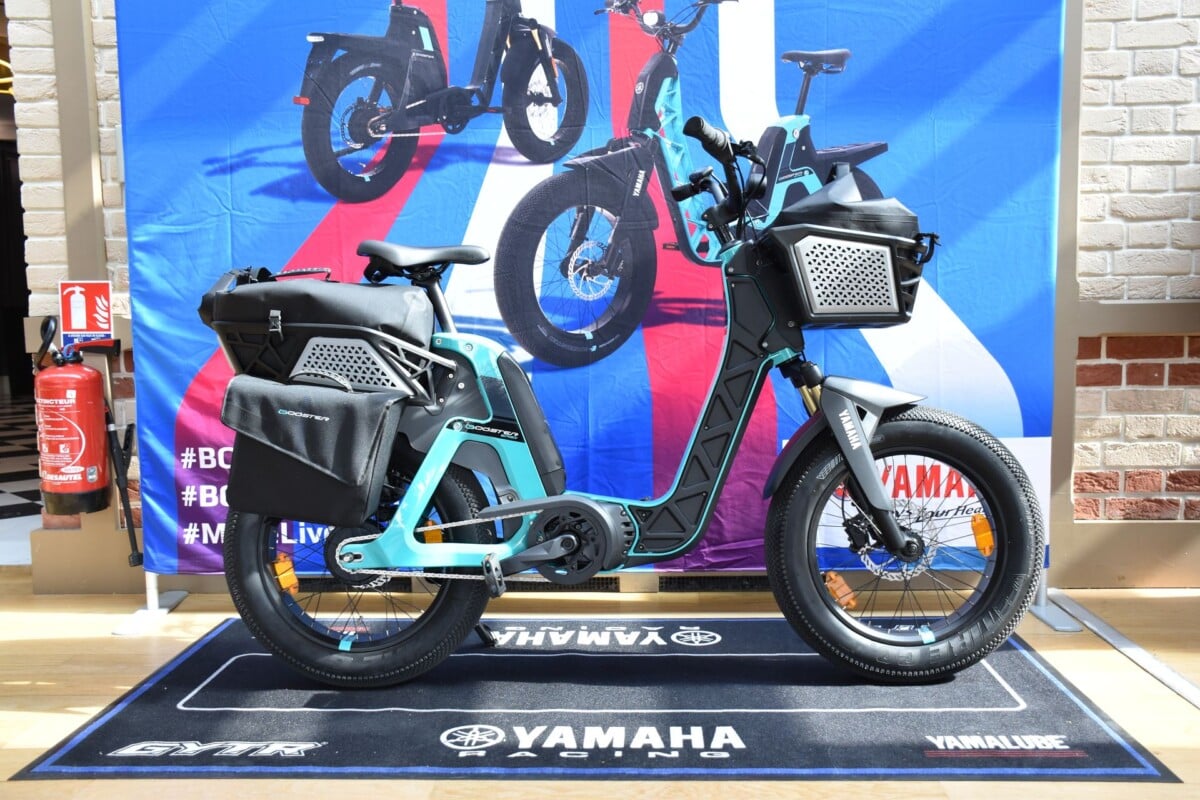
Riding the Yamaha Booster
Ouste, after the static discovery, it is time to take the handlebars of this Yamaha Booster. The electric bike offers a comfortable position, via its curved handlebars with high grips, and where the saddle is adjustable over a wide range. Fortunately, since the Booster only offers one size and one frame. Our 1.84 m passes without worry, and this will be the case for templates from 1.60 to 1.90 m according to Yamaha.

Source: Matthieu Lauraux for Frandroid

Source: Matthieu Lauraux for Frandroid

Source: Matthieu Lauraux for Frandroid
Immediately, the feeling is the comfort of the large 10 cm wide tires (more than double that of a classic VAE), mounted on 20 inch wheels. We barely feel the roughness of the pavement, including the smooth cobblestones of Paris, which barely make the bike bounce. The front suspension absorbs bumps, holes or moderate sidewalk passages. However, the high weight of this Yamaha Booster – 35 kg all the same – makes the rear very rigid. A saddle suspension, or a more comfortable over-saddle could compensate for this. Thought “genderless”, the unique model has a wide saddle for all sizes.
The advantage of having 20-inch wheels is agility, which we find a little, despite the passive position with the weight of the body towards the rear. But no miracle, you can’t sneak around as easily as on a conventional bike, the ultra-wide tires limiting quick manoeuvres, although they make them very safe with optimal grip.
A lively home engine
The big difference with its cousin Fantic Issimo is the electric heart. Yamaha replaced the 95 Nm Bafang M500 engine with its PW-S2 block. More modest on paper with its 75 Nm, it is very responsive and never offers hollowness. The torque sensor and the “zero cadence” system make it possible to assist from the slightest pressure on the pedal, so that you can feel the transmission of torque even when stationary. A plus when you’re uphill or to set off with ardor, without having to force the first few meters.
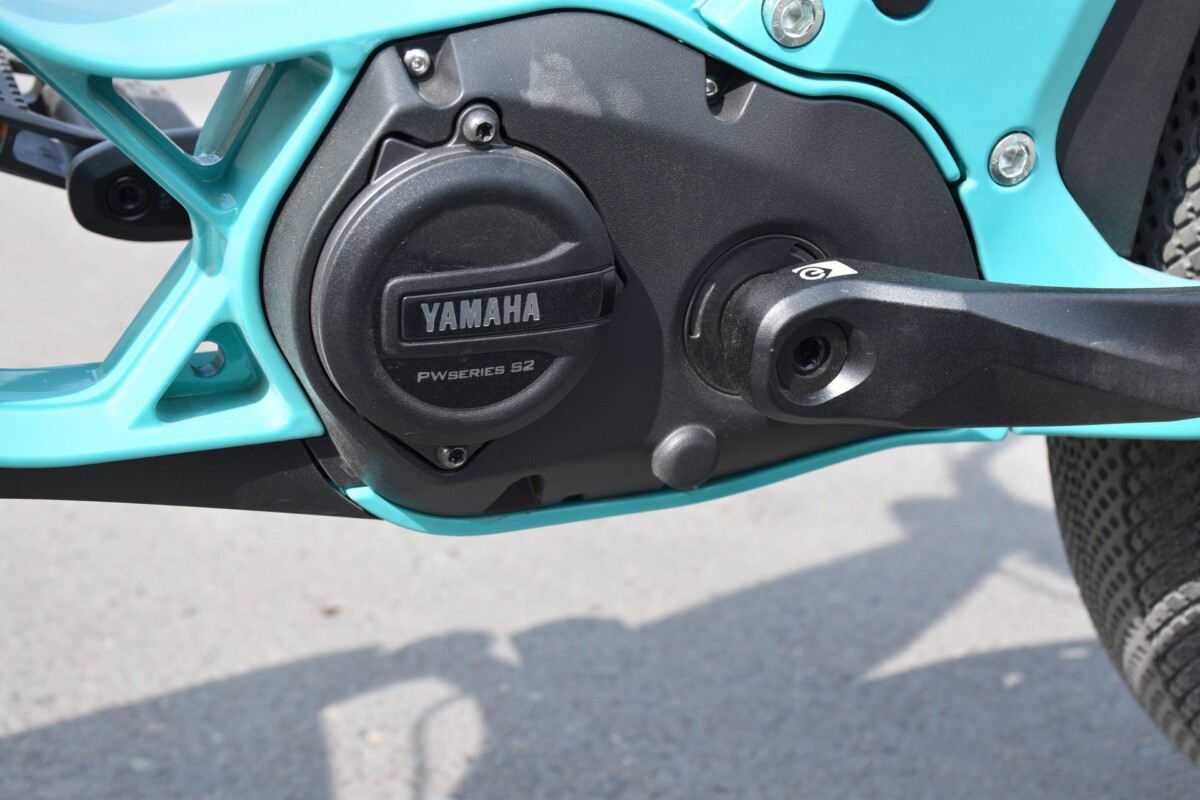
We therefore quickly reach 25 km / h, in any case on the Standard and High modes, while Eco and Eco + are more designed for descents or flat without desire for dynamism. To play with the modes, the screen is of the LCD type with the speed as well as some driving information: remaining autonomy, current or total mileage. However, these 4 levels are not of much interest compared to the Auto mode, which distributes the power as needed.
If you ride quietly on the flat, Standard mode is active, then the Yamaha Booster switches to High mode to maintain the same speed without having to add (too much) muscle power. Obviously, Eco takes over when you are on a downhill false flat, or if you require less pedaling.
An ideal transmission for the city
Everything works with a continuous single speed, the gear ratio of which can be modified via a wheel on the handlebars. It is the famous Enviolo system, replacing the Fantic’s Nexus 5, which officiates to give the right pedaling rate at the right time. You can change by pedaling, accelerating, braking and especially when stationary.
Speaking of braking, the Yamaha Booster uses Promax Solve-ST brakes, hydraulically operated, and 180 mm discs. On the ground, the braking is less powerful than on high-end Shimano or Magura, but very progressive. Be careful not to abuse it as it can quickly block the rear wheel.
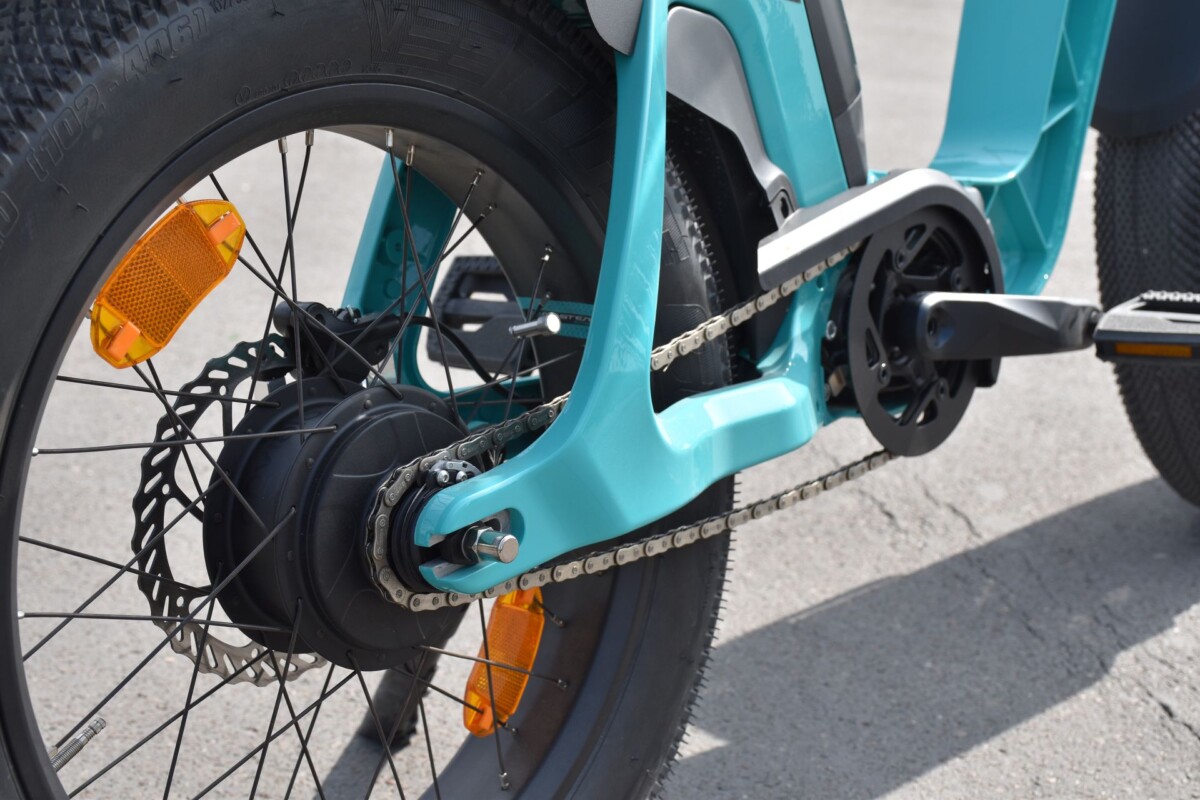
Finally, no change on the battery, at the front of the saddle axis on the frame. With a capacity of 630 Wh, this battery assembled in Europe is capable of providing nearly 65 kilometers of autonomy in Auto mode. A figure close to reality, which should be checked on a test with a more versatile route and a full charge cycle. A full one would also require 4h30, via a 4 amp charger (920 watts).
A Yamaha Booster version at 45 km/h
Let’s add that a second version of the Yamaha Booster exists. Our classic VAE variant limited to 25 km/h is precisely called Yamaha Booster Easy, but loses its suffix Easy in speedbike. The Yamaha Booster is the same unbridled bike to reach around 40 km/h, with rear plate support, brake light, and mirror.

Source: Yamaha

Source: Yamaha

Source: Yamaha

Source: Yamaha
We’ve ridden it before, and it offers more progressive acceleration than the base e-bike, smoothing the torque build-up to its speed limit. We are rather around 35 km / h in cruise, because you need the calf to go beyond. The Enviolo Heavy Duty is also more sensitive than the Trekking, where it is advisable to stop pedaling while manipulating it, while the screen differs with a larger diagonal TFT central display, without showing much more information.
However, it can be paired with Strava or Komoot using Bluetooth. Everything else is the same, except the price.
Yamaha Booster prices and availability
Because the Yamaha Booster Easy arrived in France a few days ago with a price of 3,299 euros, against 3,699 euros in the speedbike version. A high price at first glance, but not so high in terms of benefits.
Its engine is lively, the Enviolo is ideal in town for changing gears on all occasions, the huge 20-inch tires easily filter the Parisian roads, the 630 Wh battery has enough to offer good autonomy, and it is everything equipped (excluding accessories).
The speedbike version is also nice if you plan to make longer journeys and reduce your travel time (outside cycle paths since it is prohibited as a reminder).
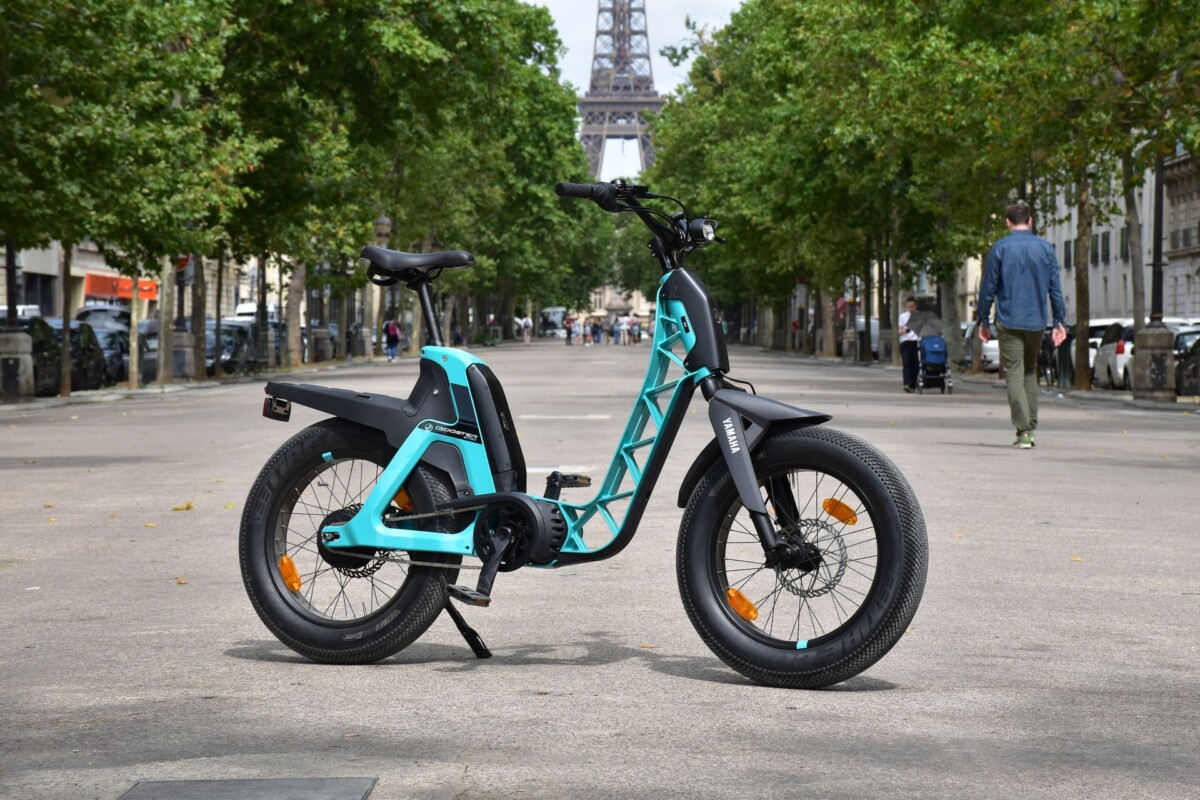
The strength of the brand is to have 85 points in France, to order and have your bike delivered and to carry out after-sales service. But not only. These retailers will have the opportunity to have the Booster tested, as well as the other VAEs in the Yamaha range that Frandoid tested at the start of the year.
